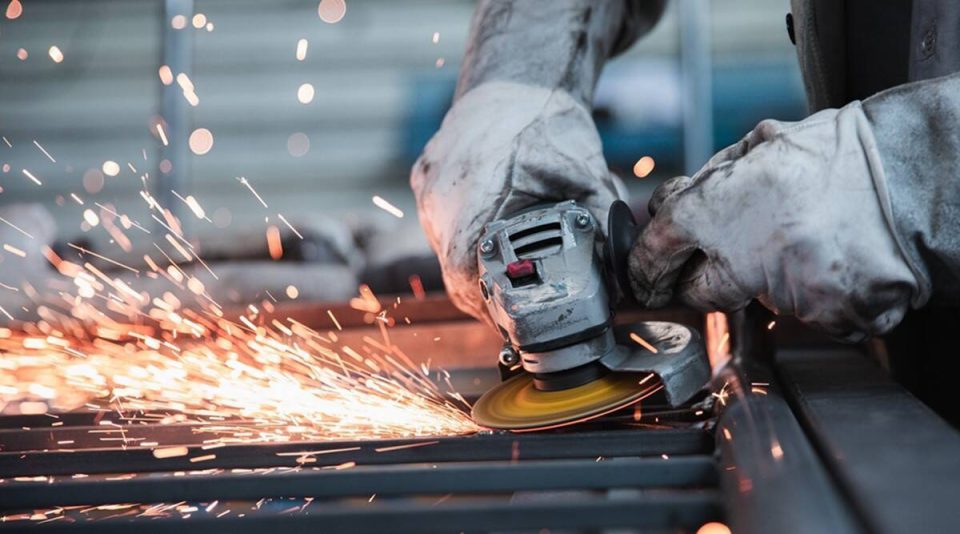India’s manufacturing activity rose to a 31-month high of 58.7 in May from 57.2 in April, a private survey showed on Thursday, helped by a record expansion in input inventories and strong growth in new orders and output.
“India Manufacturing PMI (Purchasing Managers’ Index) showed encouraging developments in May, painting a very positive picture for the sector. Demand conditions showed notable strength, with factory orders leading the way in January 2021 growth at the fastest rate since 2019,” the S&P Global survey said.
A survey above 50 points to expansion in manufacturing, while a reading below 50 indicates contraction. In October 2020, the manufacturing PMI was recorded at 58.9.
Data for May showed factory orders rose for the 23rd straight month, an upturn that businesses linked to advertising, strong demand and a favourable economic environment.
Among the five subcomponents of the PMI, purchased inventories showed dynamism, rising at an unprecedented pace in May, as companies monitored said better supply chain conditions and continued increases in input purchases boosted inventories, the survey said.
“Data for May showed a sharp purchase acceleration, with expansion at the fastest pace in 12 years. According to survey members, the increase in purchase levels was underpinned by continued growth in new business and efforts to restock inventories. Exports led to May’s new growth rate. Overall order book growth. The company recorded its fastest international sales growth in six months,” it said.
Pollyanna De Lima, associate director of economics at S&P Global Market Intelligence, said PMI’s focus on surging sales indicated strong domestic and foreign demand for Indian-made products.
“While an upturn in domestic orders strengthened the economic fundamentals, growing external business fostered international partnerships and boosted India’s position in global markets. Combined, they also created more jobs in May,” she said.
The survey pointed to increased inflows of new businesses weighing on capacity at commodity producers, supporting job creation in the middle of the fiscal first quarter. Employment growth rose to a six-month high.
Smoother logistics helped slow input price increases in May as the survey showed that average cost burdens rose at a moderate pace well below the long-term average.
“Contrary to the trend in input costs, sales prices rose steadily and faster in May. Inflation accelerated to a one-year high. According to panellists, continued increases in input costs and a favourable demand environment led them to increase charges,” it noted.
“While improvements in supply chains and generally subdued global demand for inputs helped restrain input price inflation in May, higher demand and previously absorbed cost burdens translated into stronger upward revisions to sales charges. Demand-driven inflation Not negative per se, but could erode purchasing power, create challenges for the economy and open the door to further rate hikes,” De Lima added.
A day later, manufacturing PMI expanded by a record. India’s economy surged 6.1% in the third quarter of fiscal 2023, as expansion in manufacturing and construction reflected continued strength in domestic demand amid a gloomy global outlook.
After two consecutive quarters of contraction, manufacturing rebounded in the March quarter, growing 4.5%, data from the National Statistics Office (NSO) showed on Wednesday, as profit margins improved over the three months, partly due to consideration of the continued slowdown in input costs.







